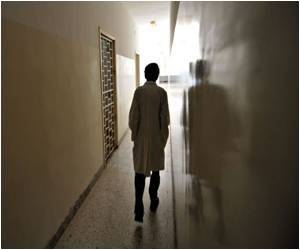According to a study at Loyola University Health System, three physicians, a social worker and a dietitian were documented as the most central communicators of the patient clinical team.

Shoham is an associate professor in the Department of Public Health Sciences of Loyola University Chicago Stritch School of Medicine. "The pattern of who talks to whom dictates the centrality - the center or core - of a communication system whether it is combat operations, corporate bodies or a medical team," says Shoham.
"Being 'central' means these team members tie the team together and reduce the distance that information needs to travel between team members. The Loyola social network study showed we cannot presuppose doctors and nurses are the only important players health care settings."
Interactions with respiratory therapists, occupational therapists, medical students and housekeeping staff were documented in the study along with care by nurses, physicians, social workers, medical students, and dietitians.
The study was restricted only to health care team members; for confidentiality reasons, no patients were included in the study." In a complex entity such as the Loyola burn intensive care unit, communication between team members is critical if we are to provide the needed patient care in a coordinated and interactive manner," said Richard L. Gamelli, MD, FACS, FRCS, former chief of the Loyola University Medical Center burn center and professor emeritus, Stritch School of Medicine, Loyola University Chicago.
"Furthermore, all members know that their input is vital and valued." Shoham is interested in conducting additional studies to compare communication networks in other intensive care units as well as non-intensive care units. "Comparing social network communication in patient health could lead to better patient outcomes," he said. Shoham and his team conducted the social analysis study within a 24-hour period exclusively in Loyola's level 1 burn intensive care unit.
 MEDINDIA
MEDINDIA




 Email
Email




